SOURCE: RAUNAK KUNDE / NEWS BEAT / IDRW.ORG

In a move towards self-reliance in defense technology, India took a significant step in 2021. Bharat Dynamics Limited (BDL) signed a licensing agreement with MBDA, Europe’s leading missile manufacturer, to establish a facility for the final assembly, integration, and testing (FAIT) of the Advanced Short Range Air-to-Air Missile (ASRAAM) within India.
BDL anticipates significant orders from the IAF in the coming years (FY2026-27) for the ASRAAM, specifically to arm the LCA-Tejas Mk1A fighter jet. This domestic production of the ASRAAM signifies a crucial step towards self-sufficiency in air defense technology for India.
Continue readingSOURCE: RAUNAK KUNDE / NEWS BEAT / IDRW.ORG
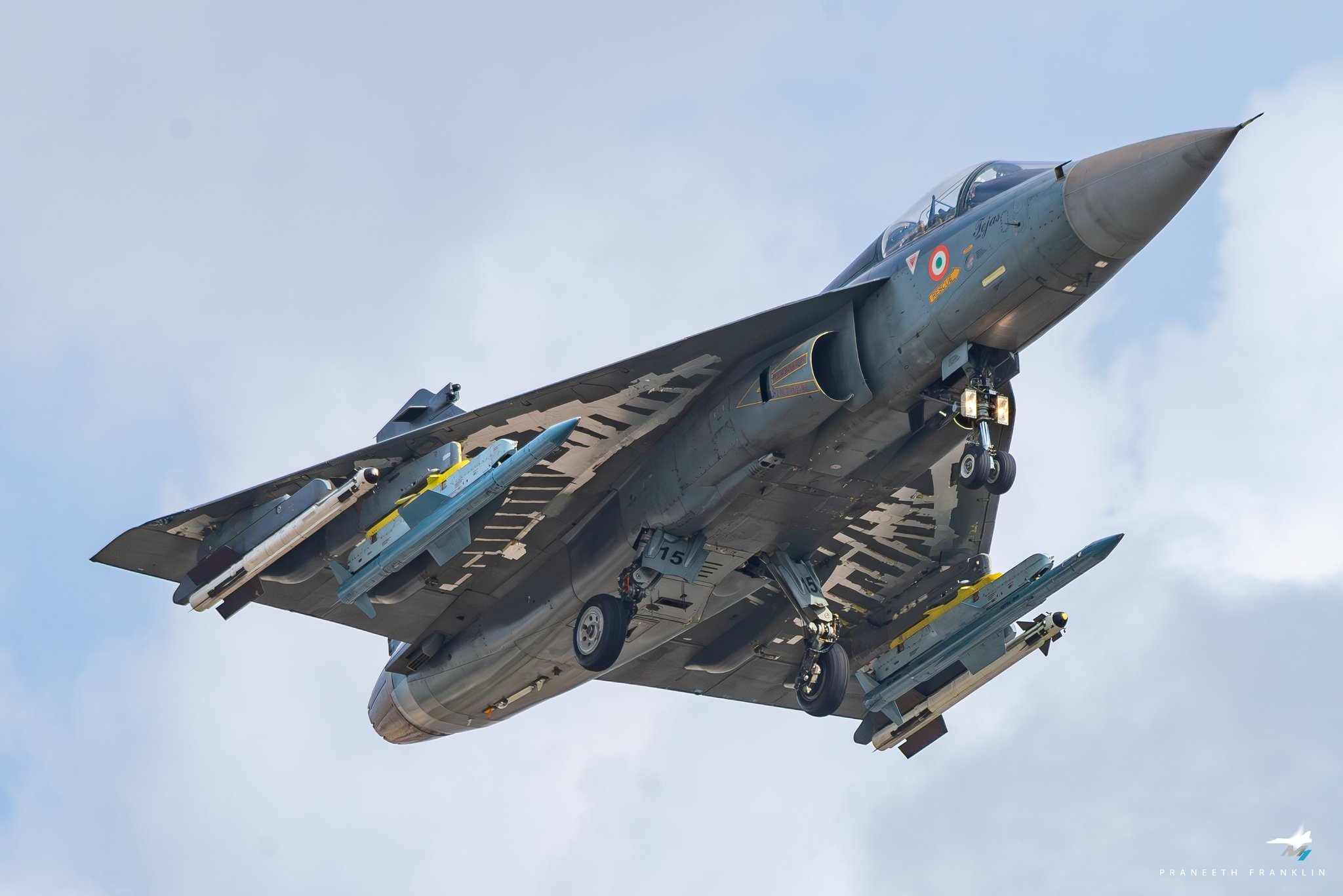
The Aeronautical Development Agency (ADA) has issued a new tender seeking bids for crucial analysis work on the Light Combat Aircraft (LCA) Tejas Mk1A variant. This tender focuses on integrating new air-to-air missiles and other weaponry onto the upgraded fighter jet.
The selected vendor will be tasked with performing AeroServoElastic (ASE) analysis, Static Stability and Controllability (SCT) analysis, and calculating the maximum allowable response envelopes for the LCA Mk1A. This analysis is vital for ensuring the safe and stable flight characteristics of the aircraft when equipped with new weapon systems.
Continue readingSOURCE: AFI
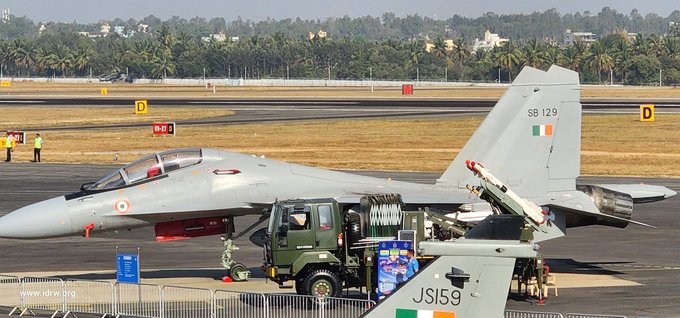
The Combat Aircraft System Development and Integration Centre (CASDIC) has taken a critical step towards bolstering India’s aerial defense capabilities. The agency has issued an Expression of Interest (EoI) to identify a Development-cum-Production Partner (DcPP) for an indigenous Electronic Warfare (EW) Suite for the nation’s Su-30MKI fighter jets.
The Su-30MKI fighter jet is a mainstay of the Indian Air Force (IAF). This upgrade program aims to modernize the Su-30MKI fleet with advanced technologies, ensuring its continued effectiveness in the face of evolving threats. An indigenous EW suite is a critical component of this modernization effort.
Continue readingSOURCE: AFI
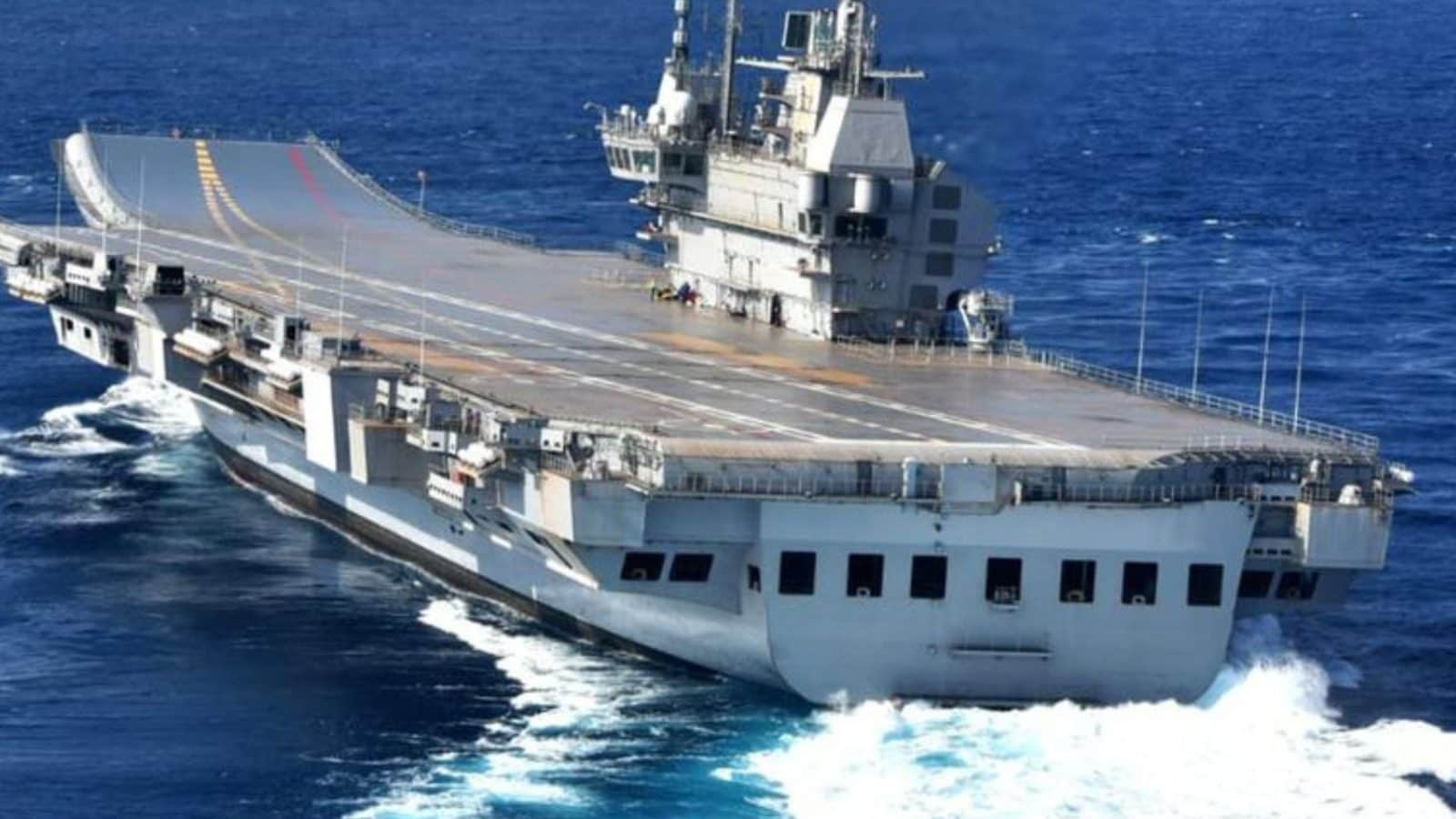
India is setting its sights on building a third aircraft carrier, a move driven by the need to safeguard its dominance in the Indian Ocean amidst potential conflict with China and Pakistan. The addition of a new carrier would bolster India’s naval power and equip it to handle a two-front war scenario.
The strategic significance of the Indian Ocean for India cannot be overstated. The vast maritime stretch serves as India’s lifeline, through which it conducts a significant portion of its trade and energy imports. With China’s growing naval presence in the region and an unresolved border dispute simmering between the two nations, India perceives a strategic threat to its interests. Additionally, the volatile relationship with Pakistan necessitates a robust naval defense in the Arabian Sea.
Continue readingSOURCE: AFI
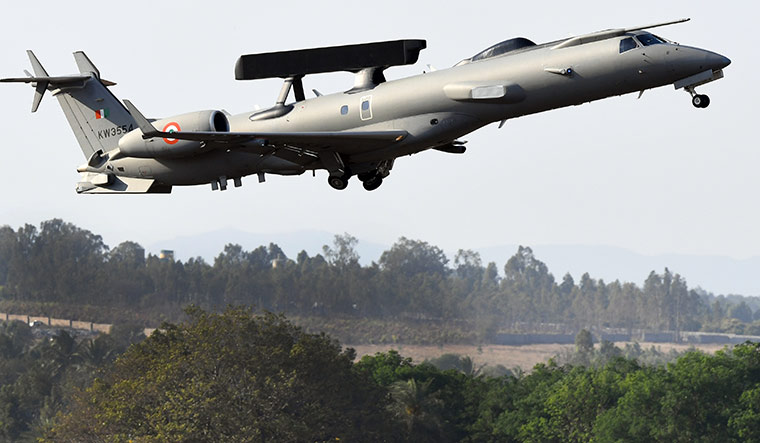
Pinaka Aerospace has taken a leap forward in the development and testing of airborne surveillance systems with their innovative Mission Systems Integration Rig. This comprehensive solution empowers engineers to streamline the entire process, from concept to realization.
The rig acts as a one-stop shop for developing, integrating, testing, and evaluating the mission avionics of airborne surveillance systems. This allows research and development (R&D) teams to finalize system architectures for various surveillance platforms, ensuring optimal performance and functionality.
Continue readingSOURCE: AFI

Bharat Electronics Limited (BEL), a leading Indian defense electronics company, is actively showcasing its capabilities at the Black Sea Defence and Aerospace (BSDA 2024) exhibition currently underway in Bucharest, Romania. This premier event provides BEL with a strategic platform to connect with potential customers and establish its position as a key supplier of advanced defense electronics.
The importance of BEL’s participation at BSDA 2024 was further underlined by the visit of His Excellency Shri Rahul Shrivastava, the Indian Ambassador to Romania. During his visit, Ambassador Shrivastava toured the BEL stall and received a comprehensive briefing from Mr. Anoop Kumar Rai, Chief Scientist (CRL-Ghaziabad). This high-level engagement signifies the Indian government’s support for BEL’s endeavors in the international defense market.
Continue readingSOURCE: IDRW.ORG.

The Defence Research and Development Organisation’s (DRDO) CSIR-Central Scientific Instruments Organisation (CSIR-CSIO) has issued a request for the H-Series Head Up Display (HUD) for India’s Intermediate Jet Trainer (IJT) aircraft.
A Head-Up Display (HUD) is a transparent display system integrated into an aircraft’s cockpit. It projects critical flight information, including airspeed, altitude, angle of attack, navigation data, and even weapon aiming information, directly onto the pilot’s line of sight. This allows pilots to maintain situational awareness and make informed decisions without constantly looking down at traditional instrument panels. This is especially beneficial during training maneuvers, where pilots are honing their skills in dynamic environments.
Continue readingSOURCE: IDRW.ORG.

In the aftermath of the 1971 Indo-Pak war, which led to the birth of Bangladesh, India had the legal right to claim significant war reparations from Pakistan. However, recent revelations have shed light on a rare list of unclaimed reparations amounting to an astonishing sum of Rs 543,51,14,294-90. These funds, which were to be claimed from Pakistan, remain unclaimed to this day, despite the victorious outcome for India in the conflict.
The detailed breakdown of these reparations, compiled shortly after the war, reveals the extensive financial toll and human cost incurred during the conflict. Among the notable items listed are the estimated value of casualties suffered by the Indian Army, the expenditure on troop movement and logistics, and the costs associated with the Indian Air Force and Navy’s involvement in the hostilities.
Continue readingSOURCE: AFI
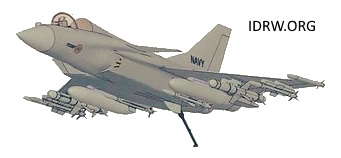
India’s quest for aerial dominance takes a new turn with the Twin Engine Deck Based Fighter (TEDBF) program. This indigenous project, spearheaded by the Aeronautical Development Agency (ADA), will see a next-generation fighter jet specifically designed for India’s aircraft carriers.
The TEDBF is tasked with replacing the aging and accident-prone MiG-29K currently deployed on the INS Vikramaditya and INS Vikrant. But unlike its predecessor, the TEDBF promises to be a game-changer. ADA officials confirmed to idrw.org that the fighter will be imbued with cutting-edge 5th-generation technologies, mirroring those under development for the AMCA, India’s advanced medium combat aircraft program.
Continue readingSOURCE: AFI
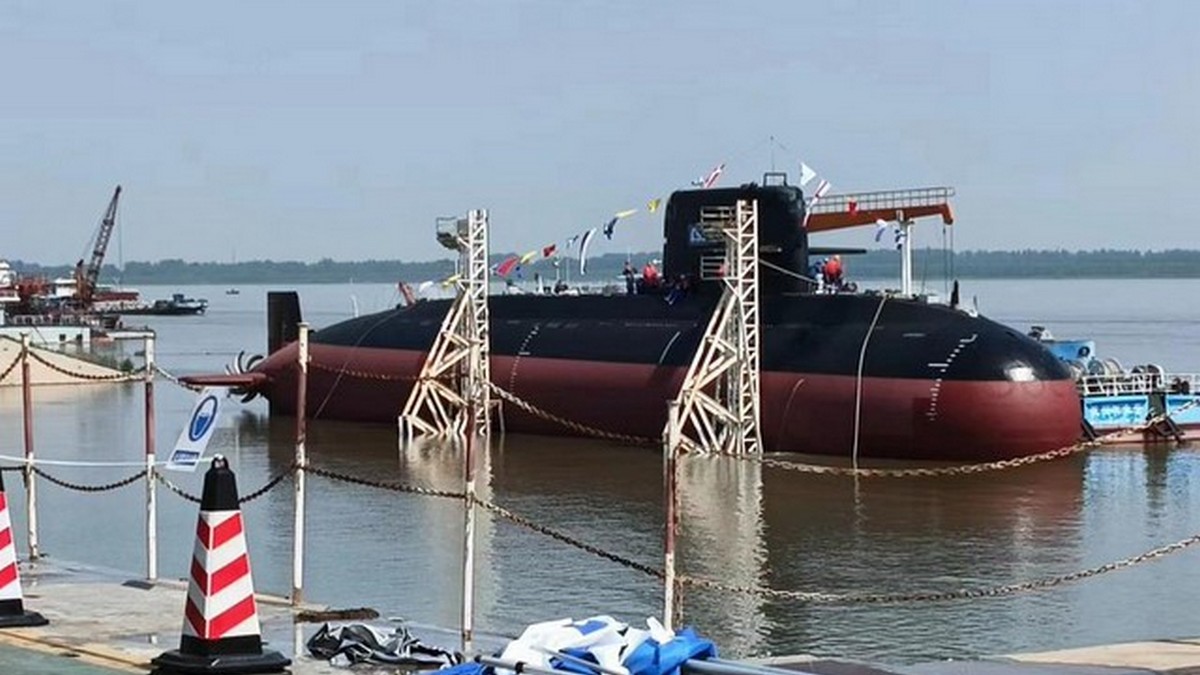)
The Indian Ocean is witnessing a simmering naval arms race between India and Pakistan, with China emerging as a key player supplying military equipment to both sides. This escalating rivalry is raising concerns about regional stability.
Pakistan recently bolstered its naval arsenal with the launch of its first Hangor-class submarine, a vessel based on a Chinese design and potentially equipped with nuclear missiles. This move comes amidst heightened tensions following India’s successful test of a new anti-submarine warfare (ASW) weapon.
Continue readingSOURCE: AFI

The Folland Gnat and the HAL Ajeet were both nimble fighter jets that played significant roles in the Indian Air Force’s history. While they may appear similar at first glance, some key distinctions set them apart. Let’s delve into the world of these remarkable aircraft and explore the evolution from Gnat to Ajeet.
The Folland Gnat, designed by Teddy Petter, was a revolutionary aircraft for its time. Developed in the 1950s, it defied the trend of larger, heavier fighters by focusing on agility and affordability.
Continue readingSOURCE: AFI

Indian defense innovator NextLeap Aeronautics took the stage at the UAS & C-UAS India 2024 event, held at the Kothari Auditorium, DRDO Bhawan, New Delhi. The company proudly unveiled its latest creation, the Black Drongo, a testament to their dedication to bolstering India’s defense capabilities.
The Black Drongo, named after the tenacious Indian bird known for its aerial prowess, embodies NextLeap Aeronautics’ commitment to developing homegrown defense solutions. This innovative unmanned aerial system (UAS) signifies a significant step forward in empowering Indian soldiers with cutting-edge technology.
Continue readingSOURCE: AFI

Tata Advanced Systems Limited (TASL), a leading player in India’s aerospace and defense sector, has announced a significant advancement in its manufacturing capabilities. The company’s Nagpur facility has been bolstered with the integration of two key technologies: 5-axis routing and Sheet Stretch Forming.
This move underscores TASL’s commitment to continuous improvement and its focus on complex metallic technologies. The addition of these technologies positions TASL as an even more attractive partner for global Original Equipment Manufacturers (OEMs).
Continue readingSOURCE: RAUNAK KUNDE / NEWS BEAT / IDRW.ORG

The Indian Air Force’s (IAF) dream of a next-generation fighter jet, the Tejas MkII is taking flight with the approval of funding by the Cabinet Committee on Security (CCS) in 2022. This program, with an initial investment of $1.2 billion, promises a single-seater powerhouse with a surprising twist – the potential for a future twin-seater variant.
The Aeronautical Development Agency (ADA), Program directors leading the Tejas MkII program, has made it clear that the initial design prioritizes a single-pilot configuration. However, While a twin-seater variant wasn’t part of the initial plan, recent developments suggest a shift in stance. Sources familiar with the program indicated idrw.org that ADA is open to developing a twin-seater Tejas MkII if the IAF requests it.
Continue readingSOURCE: RAUNAK KUNDE / NEWS BEAT / IDRW.ORG

Mazagon Dock Shipbuilders Limited (MDL), India’s leading shipyard, has announced plans to develop a full-scale, indigenous conventional submarine design by 2028. This project will be undertaken in collaboration with the Indian Navy’s Warship Design Bureau (WDB).
The new submarine design will be for a 3,000-ton vessel and is expected to incorporate several cutting-edge technologies. This aligns with the Indian Navy’s Project-76, which aims to procure 12 indigenously-built, conventional diesel submarines equipped with advanced features like Air-Independent Propulsion (AIP), Lithium-ion batteries, and potentially pump-jet propulsion.
Continue reading